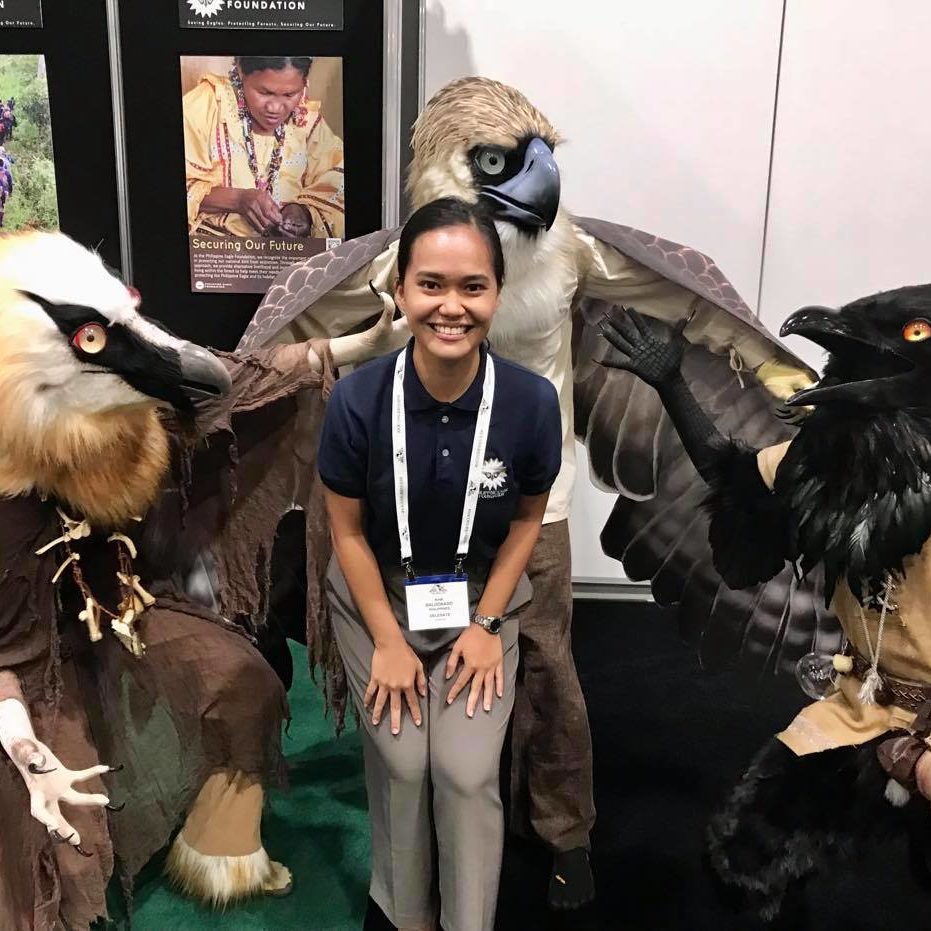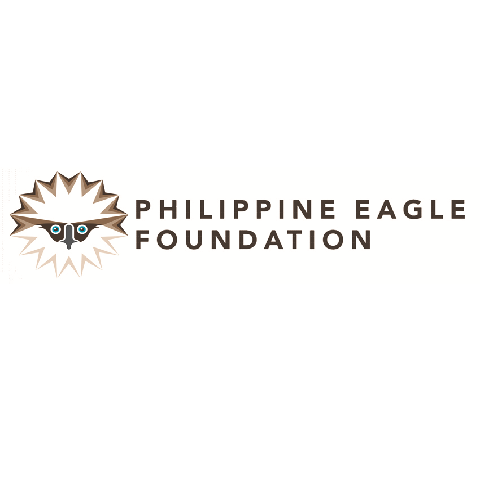Andi Baldonado
About yourself
I am the Development Program Manager of the Philippine Eagle Foundation (PEF). The PEF has been at the forefront of Philippine Eagle conservation for over 30 years. In that span of time, we have evolved to become a leading raptor organization in the Asia-Pacific region.
We integrate science and Indigenous knowledge and practices and do both in situ and ex situ conservation for a holistic approach to saving the species.
My role is to lead in resource mobilization and communications. As a communications major and a conservationist, I am interested in mainstreaming conservation. I think it’s a currency now as well as sustainability and COVID resiliency. And it is an opportunity to make the science of species conservation approachable and relatable to the public.
Which ASAP species you are working to conserve, and can you tell us a little about your work?
Our organization is dedicated to saving the Great Philippine Eagle (Pithecophaga jefferyi), conserving its forest habitat, and by extension the biodiversity the eagle represents. This ASAP species is categorized by the IUCN as Critically Endangered.
By focusing on the eagle that requires between 4,000 to 11,000 hectares of forest to thrive, our work has created an umbrella of protection for our country’s biodiversity. And in the process, benefited our partner communities that share the forests with the eagles.
To accomplish this, my job is to generate resources and forge partnerships. I do this by cultivating the PEF’s brand and tending our messaging in promoting the cause and the work we do. This is critical now in a time of a global pandemic when priorities change and sustaining our work becomes a challenge. For instance, when companies make cuts in their marketing or CSR budget and make realignments on their priorities, I and my team make a case for the Philippine Eagle on why they should not pull the plug.
How do you think the Women in Conservation Leadership Programme will help you in carrying out your work?
Joining the programme means honing my skills in engaging various sectors to support the PEF’s initiatives in delivering clear conservation outcomes that contribute to ultimately saving the Philippine Eagle.
The programme recognizes the growing potential of women in conservation. Being part of it helps boost my confidence in taking on leadership roles and enhances what I bring to the table.
It’s a unique opportunity to grow in my craft, hone my skills, and harness my strengths and qualities as a woman in conservation.

What inspired you to start working in conservation?
I started working in conservation eight years ago after I worked in the corporate sector. I wanted to contribute to something that was meaningful to me. I’ve always loved animals growing up. There is a lot that we can learn from them. Their behaviors and physical characteristics inspire our technologies and systems. But beyond that, it is their ecological roles that impact our health and wellbeing that inspire me as a conservationist. I believe in the delicate connection we have with wildlife and the environment.
I am inspired to conserve the Philippine Eagle because as our National Bird, we Filipinos can identify with it in many ways. For example, how a pair of eagles take care of their young is an ideal of Filipinos’ love for family. To me, it is the most beautiful raptor in the world. Its rare features are something I think every Filipino should be proud of. What is most remarkable is that the species is endemic to only four islands of the Philippines. And for that, it ought to be my obligation as a Filipino to protect its kind from being lost forever.
Andi participated in Phase 1 of WiCLP .

